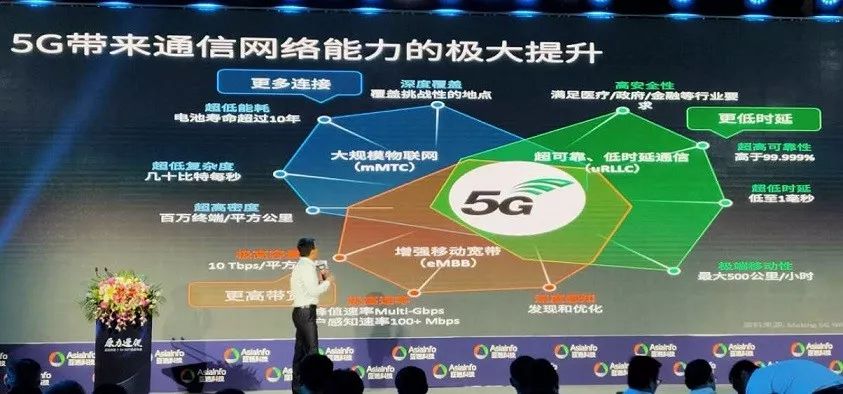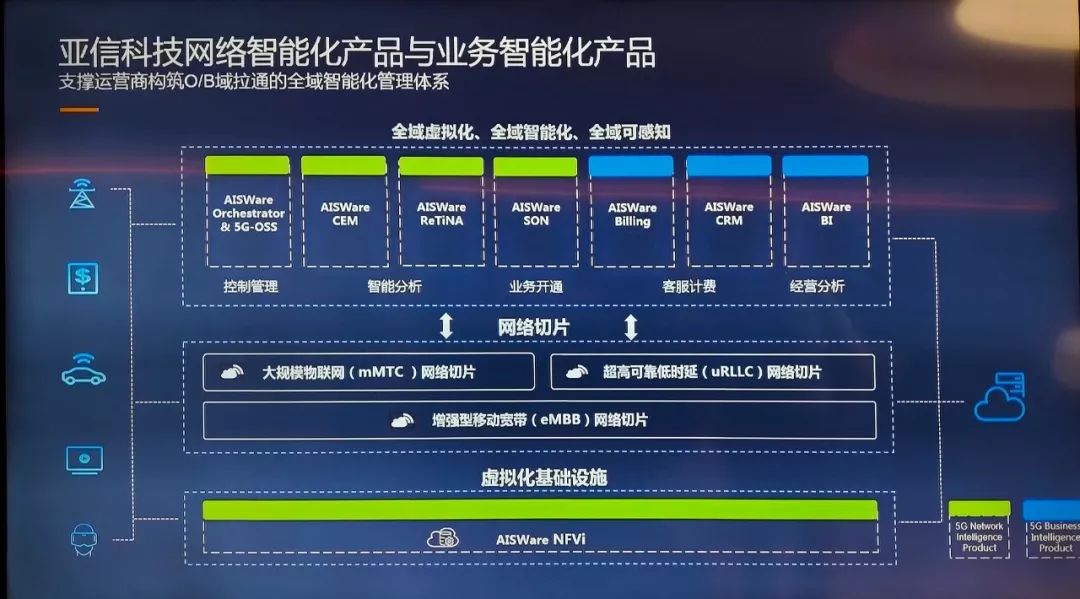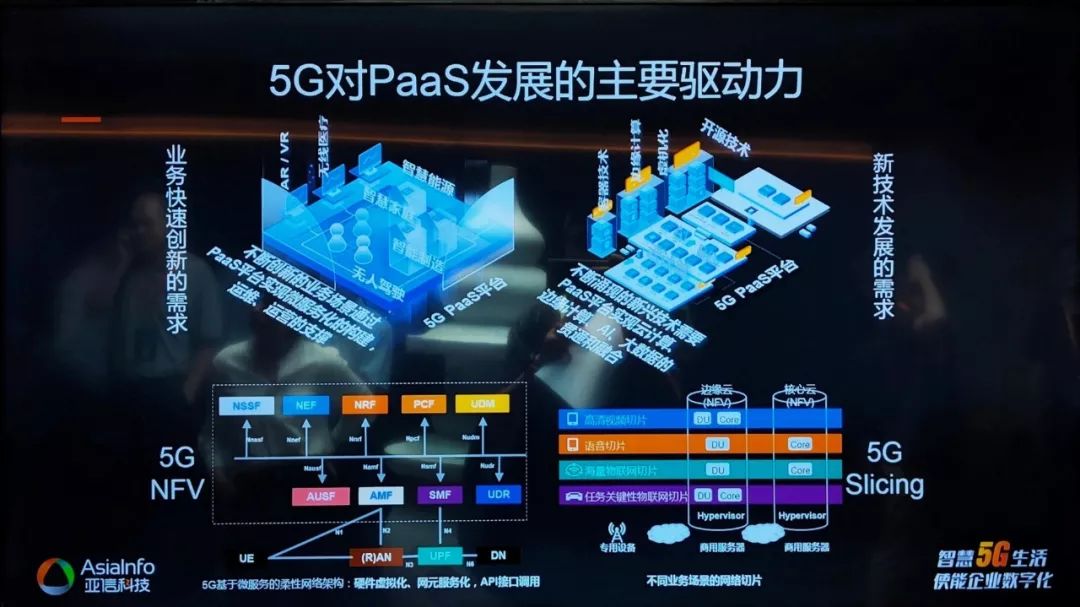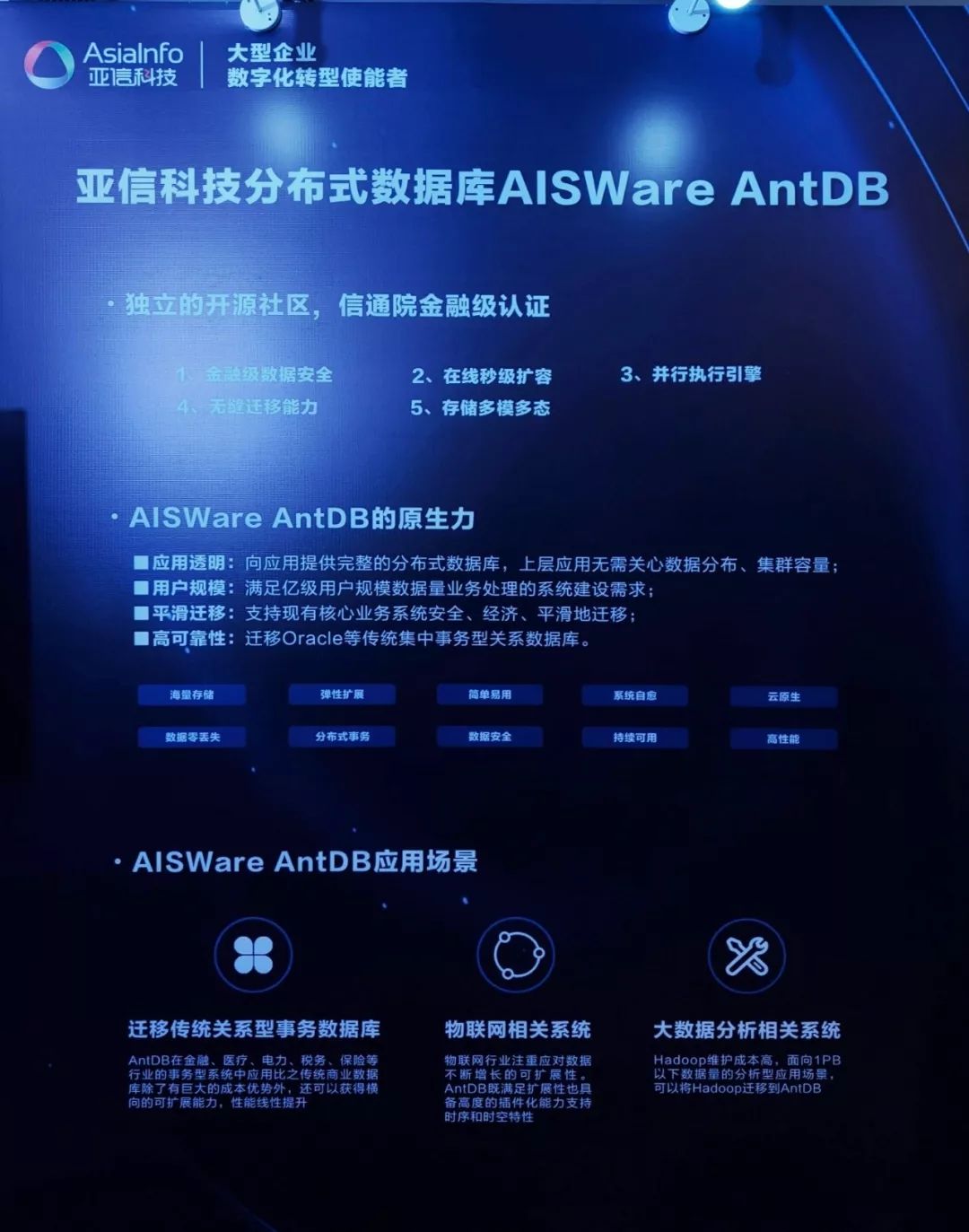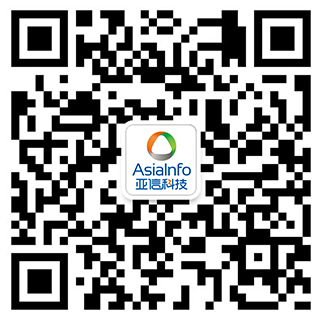In the 5G era, what kind of communication network do we need to build?
This is a question that must be answered, and what's more, a response is needed as soon as possible.
But now, we don't have a standard answer yet.
On June 6, 2019, the Ministry of Industry and Information Technology officially issued 5G commercial licenses, earlier than expected.
The 5G network construction of carriers has also been fully accelerated. In the next few months, 5G commercial services will be opened in dozens of cities across the country.
But 5G upgrade is much more than just upgrading terminals and network infrastructure.
Carriers' software systems also need to be upgraded.
The problem is that the R16 has not been frozen yet, and the application scenarios and killer applications are still foggy, and no one even dares to give a positive conclusion on how the carriers will make money in the future.
So now, how should we define our network requirements and define a software system for 5G?
In this regard, AsiaInfo has given three key words: global virtualization, global intelligence, and global perceptibility.
On the afternoon of June 20, AsiaInfo officially released six new products for 5G, which fully demonstrated the support capabilities of AsiaInfo for 5G network and business.
These three keywords, and six new products, represent the direction and thinking of this China's number one and the world's second-largest telecom software company, facing the 5G era.
What are their specific content and how should they be understood? Let's take a closer look.
Higher bandwidth, more connections, and lower latency.
These are three core indicators for improving communication capabilities in the 5G era.
And the following picture can generally summarize this.
So, how do we use these communication capabilities to change various industries and our lives?
It is well known that eMBB (enhanced Mobile Broadband), uRLLC (ultra-Reliable Low Latency Communication) and mMTC (massive Internet of Things) are three completely differentiated scenarios.
For 5G grand unification, you need to do "network slicing": in a public network, cut out a number of dedicated, virtual end-to-end networks to allocate appropriate resources and provide matching overall functions and service parameters for different users and product applications, and each slice is insulated from each other.
Although R15 has only completed the eMBB definition, our commercial network is also starting from the NSA (Non-Stand Alone), and the demand for network slicing is not urgent.
But with the big direction determined, it's just a matter of time.
Therefore, network cloudization and intelligence have become the trend of the times.
Subject to reality, however, we can't do it overnight, but need to gradually complete it.
In the words of Dr. Ouyang Ye, CTO of AsiaInfo, we need three steps:
The first step is decoupling. Break the former "chimney system" with high integration of software and hardware, highly connected business and highly closed system; and decouple from "black box" to "white box" to modularize, softwareize and virtualize all the network elements.
The second step is automation. Carry out automated transformation of network elements and data, changing billing systems, IT systems and network systems from being controlled manually to "running automatically."
The third step is the final realization of the "intelligent" upgrade of the entire network and business.
The decoupling of network elements has already begun long ago.
Take Zhejiang Mobile as an example. As early as 2011, it started from the underlying architecture of Iaas, and took the lead in the transformation and exploration of IT support systems such as x86 and cloud resource pools.
At the end of 2015, Zhejiang Mobile further upgraded the transformation to the PaaS layer. Among domestic carriers, it was the first to realize the launch of the core IT system in the distributed, clouded, and containerized environments, and to support production.
It is worth noting that Zhejiang Mobile's PaaS platform is also the earliest and most iconic application case of AIF (AsiaInfo Infrastructure Platform) Version 1.0.
It is not only a milestone in the cloudization of carriers' networks, but also a key node in the transformation of the telecom software industry from supporting services to productization.
Prior to this, telecommunication networks have been highly coupled with hardware and software, and systems and functions highly coupled, resulting in bloated and complex structures, low development efficiency, difficult deployment, and carriers' high dependence on custom development.
In 2005, the serious failure in Chinese market by Amdocs, the global leader of the BSS/OSS industry, was a classic lesson.
But now, with the decoupling and virtualization of the network, telecom software vendors can extract the common capabilities and business logic that can be reused in the carrier's IT system, precipitate, solidify, and pack them, and then upper applications can call them through standard open interfaces.
In this way, software vendors have significantly reduced repetitive development costs, shortened business development and launch time, and the carrier's network is more efficient, stable, functional, intelligent, and can truly achieve dynamic scheduling.
In March 2016, AsiaInfo's B domain PaaS product, AISware AIF 1.0, was officially released, providing five components including service orchestration, caching, and process. Within one year, AISware AIF 2.0 was upgraded to 16 components.
These components, each designed to face different needs, are fully decoupled between each other, and can be evolved, released and deployed in a standalone version. Under the unified framework of AISware AIF, however, they can cooperate with each other to form a complete network system.
On this basis, AsiaInfo has done further development according to the needs of customers.
According to Gao Nianshu, executive director and CEO of AsiaInfo Technology, this system has been launched on 46+ commercial sites worldwide in the past two years.
In a sense, AISware AIF can also be regarded as a 5G business model in BAS's PaaS field, a pre-research and attempt of a new generation of business support systems.
Today, with two years past, 5G is coming.
What new changes have AsiaInfo brought us in the new round of product launch, and what do they mean to the carrier systems in the 5G era?
In general, we can use the following picture to summarize:
These core keywords have a common base: global.
The virtualization, intelligence, and perceptibility have fully opened the B domain (BSS, business support system) and O domain (OSS, operational support system).
In the past, telecom software vendors including AsiaInfo mainly provided support for carriers in BSS domain.
But now, with the virtualization of carriers' networks, traditional O-domain work such as network management, network maintenance, and network optimization can be gradually programmed and executed through software.
The important thing is that whether it is network slicing, Internet of Everything, or edge intelligence, the scenarios and data of B domain and O domain must be integrated in the future.
This is an inevitable trend in carriers' networks in the 5G era.
And it also means that the cloudification of carriers' networks has moved from the first phase of datamation to the second phase of automation.
In this process, AsiaInfo may also have further expansion.
Last week, when I talked with Dr. Ouyang Ye, CTO of AsiaInfo, he revealed to me that AsiaInfo will continue to go down while insisting on the positioning of the network layer, to do some intelligence in virtualization and virtualization in the network field; and go upward to use data to drive operations, helping carriers to improve capabilities.
Specifically, AsiaInfo's understanding of the three keywords is:
(1) "Global virtualization" refers to products and solutions for 5G network intelligence and virtualization, which help carriers to automate and virtualize network and business functions within the network system;
(2) "Global Intelligence" means AsiaInfo will, based on its capacities accumulated in carriers' systems over the years in machine learning, data mining and artificial intelligence, help carriers establish a set of universal AI platforms compatible with O and B domains, and help carriers export uniform capabilities to vertical ecosystems within the communications ecosystem;
(3) "Global perceptibility" means all new products of AsiaInfo developed for 5G must be aimed at optimizing and enhancing the perception and experience of carriers' mobile users and vertical industry users at the network business level, and the ultimate goal of all products is to optimize the experience and perception of 5G users.
Besides these three basic strategic points, AsiaInfo's six products launched this time have another core keyword: 5G.
Overall, these products can be regarded as upgrades to the 5G products of AsiaInfo's previous products and capabilities.
Due to space limitations, here is a brief introduction.
(1) 5G global artificial intelligence product: AISWare AI2
This product combines AsiaInfo's 26 years of telecom service experience and AI technology, and has opened up thousands of vertical domain algorithms. As a general AI platform, it provides intelligence to and empowers hundreds of business domains, network domains and application scenarios within the telecom ecosystem in the 5G era.
It provides wizard-based, code-based and drag-and-drop modeling methods; as well as multiple AI-capable output interfaces for application development, which is convenient for users of the platform for direct calling. This product features a variety of engines, flexible modeling, quick launch, automatic optimization, etc. According to business needs, data and computing power, users can select the best AI platform version to meet their business needs in different scenarios.
(2) 5G scenario billing product: AISWare 5G Billing
Every generation of communication networks will bring new business scenarios, and carriers will need new charging models to make the new generation network gain value beyond the previous generation network.
In the 5G era, will billing be more complicated, or simpler? The future may be different from everyone's imagination.
The core design logic of this product is: with the advent of 5G era, in the vertical industries, billing and settlement objects will be shifted from the traditional billing of people and things to the billing of scenarios.
Centered on this shift, AsiaInfo's 5G network-based billing system will enable multi-dimensional billing, equity sharing, SLA pricing, open realization of capability, combinations of multiple billing modes, and scenarized billing objects, and thus to realize scenario billing and help cash in on 5G network.
(3) 5G PaaS platform product: AISWare AIF
This is a re-upgrade of AsiaInfo's AIF products for 5G. It provides standard, convenient, stable and efficient technical component services for upper-layer applications by opening up the O-domain and B-domain PaaS platforms. It features advanced technology, standard opening, fast service launch, and easy system operation and maintenance.
AISWare AIF's core construction concept is "big platform, small architecture, light application", so as to help customers build large IT systems with the lowest cost and in the shortest time.
(4) 5G network intelligent product: AISWare Network Intelligence
This product supports the "planning-deployment-maintenance-optimization-customer" full-life-cycle operation and management; supports the end-to-end network slicing capabilities of RAN, transport network and core network, supports intelligent planning and optimization of wireless network, and supports end-to-end customer experience and perception management capabilities.
It combines technological advantages of AsiaInfo in the field of communication artificial intelligence and BSS/OSS collaboration, and provides support for virtualized and intelligent operation and maintenance of 5G networks and services through artificial intelligence.
(5) 5G big data product: AISWare 5G Big Data
An important trend of 5G AI is the sinking of business to edge computing.
This products conducts real-time analysis while big date flow from the edges to the center through the coordinated linkage between edge computing and cloud computing, which enables telecom big data to be used to establish richer customer perception and customer service capabilities, and thus to quickly capture the dividends of the industry's digital transformation.
(6) Open source database product: AISWare AntDB
The architecture and system of this product are highly stable. It is one of the most stable and efficient native distributed database systems based on PostgreSQL, as well as a scalable, multi-tenant, independently-developed, safe and reliable, high-availability, high-performance and low-cost distributed database product that is transparent to business, meeting high performance and high security requirements of financial industry.
On June 4, AntDB just passed the standard test of the financial distributed transaction database organized by experts of the Cloud Computing and Big Data Research Institute of CAICT, and was awarded a certificate.
The above six products have already embodied AsiaInfo's understanding and planning of carriers' software systems in the 5G era.
But in the end, I have to add some thoughts of myself:
Looking back over the past 26 years, AsiaInfo has been able to maintain its leading position in China's telecom software industry, because it has always been working with carriers to learn, plan, think and build, to solve problems and create new fields and new products.
In the 5G era, can AsiaInfo, the first to make a response in the industry, continue to deepen cooperation with telecom carriers and large enterprises to build an open and collaborative 5G ecosystem, and jointly promote 5G transformation "from web traffic to value"?
We will wait and see.
